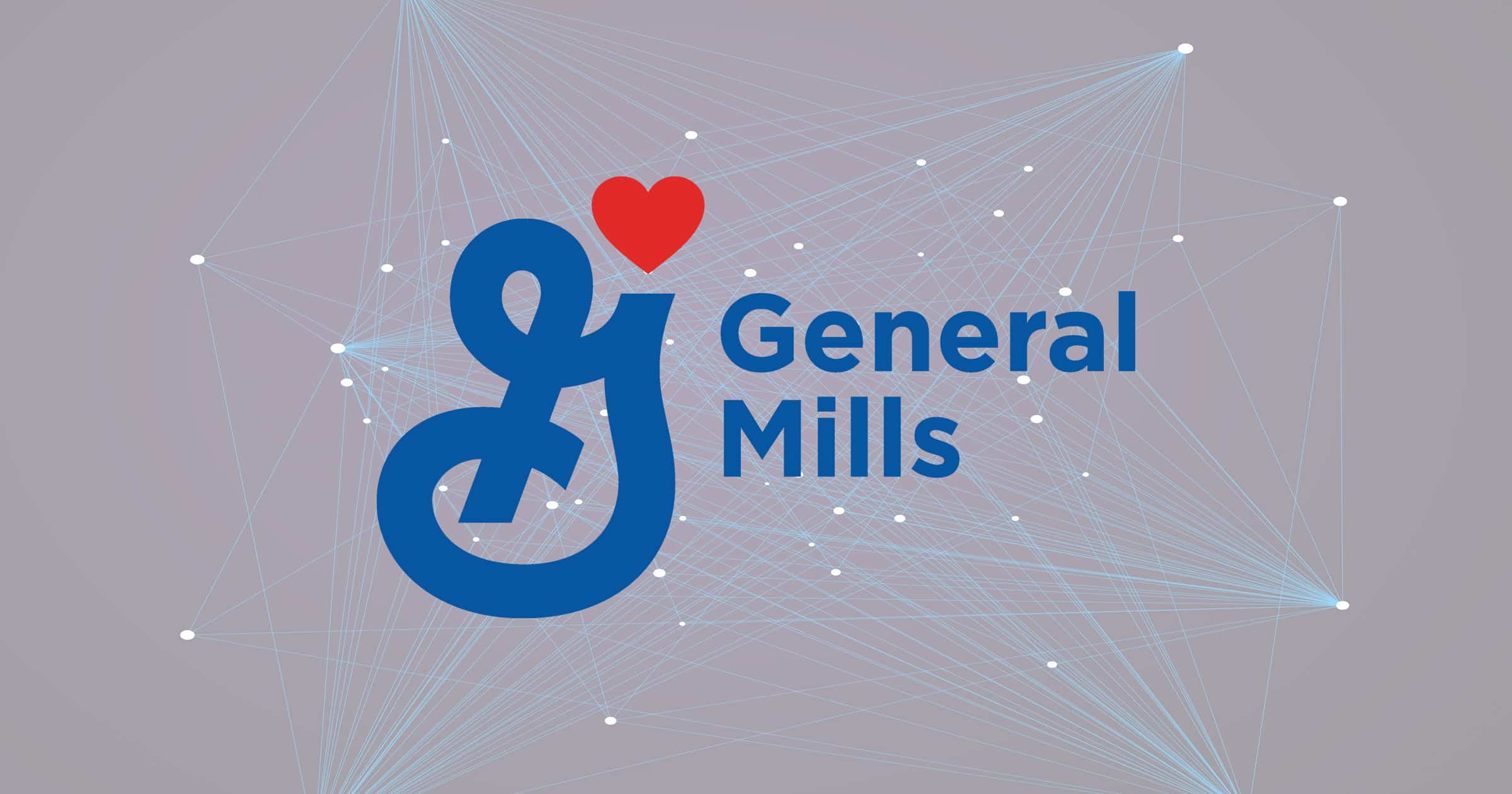From investing in comms gear to prioritizing geographically agnostic equal pay, build a better remote team with these seven tips.
As I write this, 30 of our 71 employees call the Twin Cities home. The 50/50ish mix of Minnesota and other places has been intentional since our founding over seven years ago, and we’ve stuck to it in my two years heading up marketing. All our customers are manufacturers, and many are in the Midwest, so this location fits better than Silicon Valley or an East Coast population center. And of course, Minnesota has its own history of manufacturing across food, medical devices, and beyond.
Plus, we like it here. Our founder built a home here (and has childhood memories from the University of Minnesota Shepherd Hall Computer Labs), some of our early investors are here, and we’ve recently built out our office space, leasing the 46th floor of the IDS Center.
Most importantly, having our home office here and being able to draw on talent from across the United States is a big plus. Our CTO is based in New York, our sales leader is in the Bay Area, and other team members come from a mix of many other states in between. That helps us hire top tier people, be close to customers, and start to build team hubs in a spread of locations.
That mix comes with challenges too, but we feel like we’ve made progress in building a strong, resilient, and cohesive team. How we make it work isn’t magic; it’s a list of things we’ve thought hard about, experimented with, and committed to.
Treat remote folks’ costs the same
What you save in rent space, invest in travel to headquarters and making sure they have great gear to do their work and top-level branded items.
Insist on and invest in better webcam and microphone equipment
Good gear matters. We don’t insist on always having camera on, but we’ve set the example culturally and the team has naturally made it the default. Even though sometimes we speak with prospects or customers that aren’t used to using Zoom, we ask them to turn their webcam on too and nearly all the time they do.
Don’t be afraid of making the office awesome because you’re afraid of alienating remote people
One of our unwritten values here is less but better. That means focusing on the most important thing and making it amazing. We’ve carried that over to our office space. It’s open, bright, has high-end finishings and furniture from one of our customers, and has plenty of private rooms. We also put in a cafe area that is well-stocked and constantly lively.
Use Slack to bring people into the office culture
When I joined as an early employee, I was surprised by how much Slack helps create the cultural environment. Real-time help, blunt questions, and jumping on Zoom is the culture. We also use HeyTaco for digital high fives.
Don’t make office people feel like they can’t work remotely
This is self-explanatory, but this means extending the same principles for remote employees to those within commuting distance for us.
Equal pay for equal work agnostic of geography
Make it work.
If hiring isn't on track, change the top—not the bottom—of the funnel
Your team is who you hire, and who you hire is how you hire. When we’ve been successful, having a lot of conversations with talented people has been the common thread. We’ve seen the best outcomes when our interview-to-hire rate is about 1 percent. When you’re in full sprint hiring mode, that math may seem impossible (and it feels like it sometimes too). But a misfit hire can set you back further than outbounding candidates and working with recruiters. Widening the top of the funnel helps you avoid giving offers to candidates that are good but not great.
As we continue to grow, I’m sure we’ll face new challenges, make some missteps, and learn new ways to solve issues we haven’t experienced yet. But the learnings above helped get this far, and we expect those approaches to continue to be important pieces of a strong distributed team.






